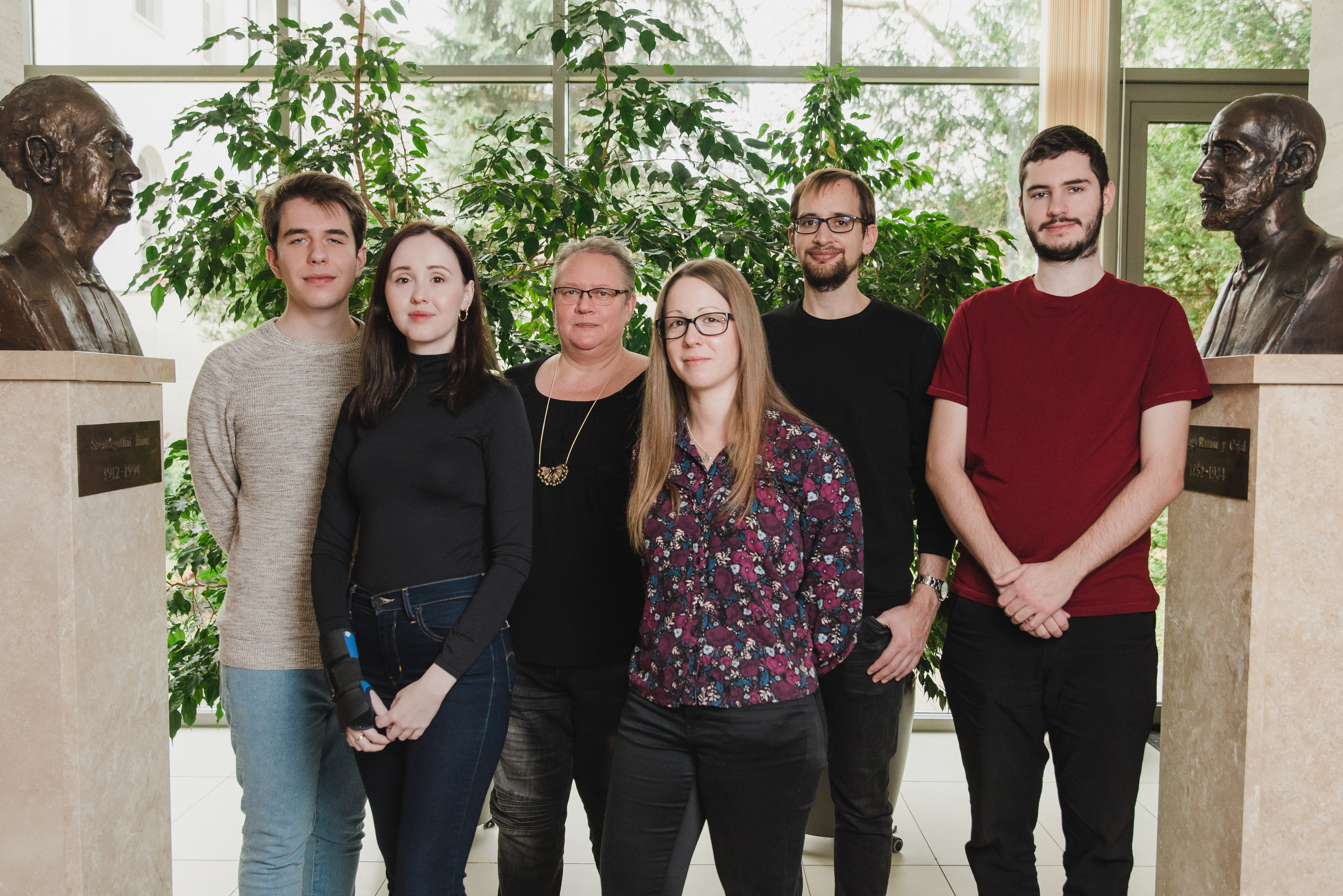Human brain sampling
Sampling
Post mortem
The control brain tissue was provided by the Lenhossék program and the St. Borbála Hospital in Tatabánya. They were obtained from deceased persons with no neurological disease. The age of control subjects ranged from 27 to 102 years. The autopsy was performed at the Institute of Forensic Pathology of Semmelweiss University and the Department of Pathology of St. Borbála Hospital, in compliance with the provisions of the Ministry of Health and the Declaration of Helsinki. The post mortem time for control brain tissue was 2-5 hours, except when the effect of long post mortem time was investigated, when samples of 8-10 hours were used.
In addition to control tissue, we collected samples from subjects with schizophrenia and severe neurocognitive impairment. Subjects with schizophrenia were diagnosed according to the DSM-III-R and BNO-10 classification systems, and subjects with a diagnosis of dementia in the BNO-10 system are included in the neurocognitive impairment study. A general neuropathological characterisation of the subjects is also performed retrospectively. Cortical samples from post-mortem subjects will be sampled according to Brodmann areas.
Epilepsy samples
Epileptic neural tissue was obtained from the surgically removed hippocampus (anterior one-third) of patients with therapy-resistant temporal lobe epilepsy, and cortical samples from frontal, parietal and occipital regions were obtained from patients with focal cortical dysplasia (FCD). The studies were performed in compliance with the provisions of the Research Ethics Committee (TUKEB 5-1/1996, extended 2005, 2011, new licence 2019). Patients gave a written informed consent before surgery that tissue removed could be used for scientific purposes. The focus of the seizures was determined by video-EEG monitoring, MRI SPECT and/or PET, and a standard anterior temporal lobectomy (Spencer and Spencer 1985) was performed to remove the anterior one-third of the temporal lobe together with temporomedial structures. For comparative and quantitative studies, we used a region from the same anterio-posterior extension of the hippocampus. We excluded patients with tumor-associated epilepsy from the quantitative studies.
Fixation
After surgical excision, the hippocampus/cortex was cut into 4-5 mm wide blocks and placed in a 0.1M phosphate buffer (PB)-based fixative solution containing 4% paraformaldehyde, 0.05% glutaraldehyde and 0.2% picric acid (pH=7.2-7.4). Brain tissue in fixative solution is placed on a laboratory shaker, the fixative is changed to fresh solution every half hour for 6 h, and blocks are post-fixed overnight in the same fixative solution but without glutaraldehyde (Magloczky et al, 1997). Control brains are subjected to the same fixation procedure or removed from the skull 2-4 hours after death and perfused via the internal carotid artery and vertebral artery, first with physiological saline and then with fixative solution containing 4% paraformaldehyde and 0.2% picric acid in 0.1M PB. The hippocampus/cortex is then removed, cut into 4-5 mm thick blocks and post-fixed overnight at 4 °C in the same fixative solution but without glutaraldehyde. 60 µm thick slices are cut from the blocks with a vibratome and the fixative is removed by successive phosphate PB washes, and the sections are placed in 30 % sucrose solution for 1-2 days. Afterwards, sections are frozen 3 times in a foil boat over liquid nitrogen and either stored for later experiments at -80 °C or immunostained.






